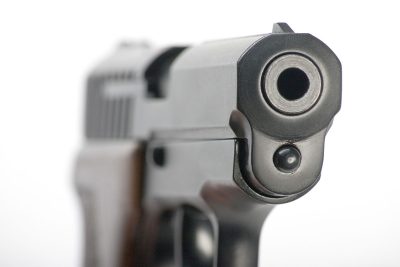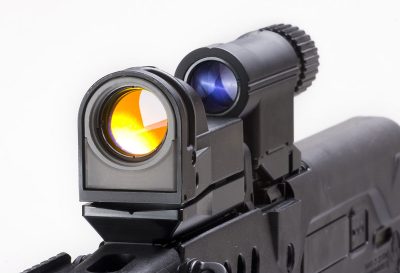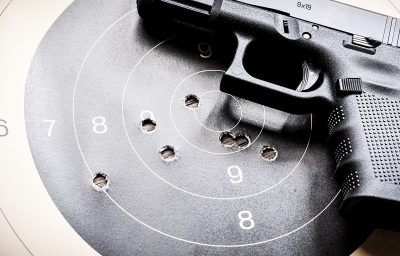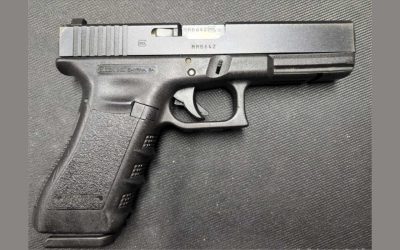By Paul Rackley, GunBroker.com Editor
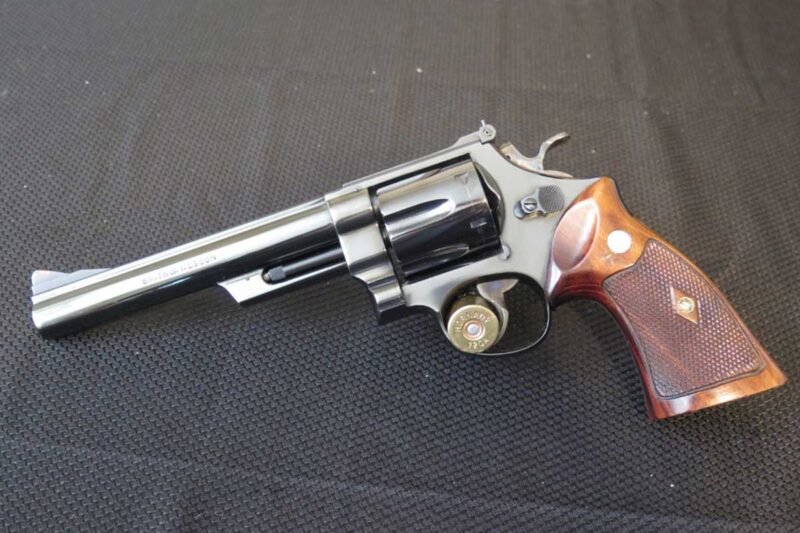
The early versions of the Model 29 were introduced as the .44 Magnum, but are better known as the Smith & Wesson Pre Model 29.
Back in 1955, Smith & Wesson introduced a revolver on a new frame in a new caliber. This N frame revolver was the most powerful production gun ever made at the time. A couple of years later, the company gave this revolver a new designation that has held ever since, the Model 29. This means that a few of these iconic handguns are essentially Model 29s in every way but name. Over the years, the official name has been overridden by the more commonly accepted Smith & Wesson Pre Model 29. At the time, S&W simply called it the .44 Magnum.
To many, the Pre Model 29s are kind of like the Loch Ness monster, neat to think about but never actually seen. And the few that do come into the light are typically not safe queens; most of the people who purchased these revolvers back in the day carried and used them. However, every now and then a mint Model 29 comes available to the masses. Sometimes it is even a very rare 1956 S&W Pre Model 29 containing five screws.
Smith & Wesson Pre Model 29 Distinguishing Features
Over the years, the Model 29 changed quite a bit. Some of the changes came about for better production while others were about cutting costs. Most of these changes happened slowly over the years. It is these changes that distinguish the various models, including the so called “five screw,” “four screw,” etc. models.
The earliest versions of the 29s came with a 6.5-inch pinned barrel, recessed cylinders and five screws, most of which hold the sideplate. It wasn’t long, though, before S&W eliminated the upper sideplate screw, bringing the number down to four, which is where it stayed until S&W removed the forward screw in the trigger guard.
Now there is little difference mechanically in the number of screws, but guns with four and five screws are more desired by shooters. Just like models produced before 1982, when S&W made a huge change to these guns, are more popular than later versions. That was the year S&W removed the recessed cylinders and changed from screwed and pinned barrels to crush fit barrels. Since then, S&W has made a few additional changes, most of which made this big-bore revolver more durable and comfortable to shoot. And through all of these adjustments and changes, the Model 29 has remained popular with American shooters. It has a nice mix of power and portability, and its recoil, while heavy, is not unmanageable.
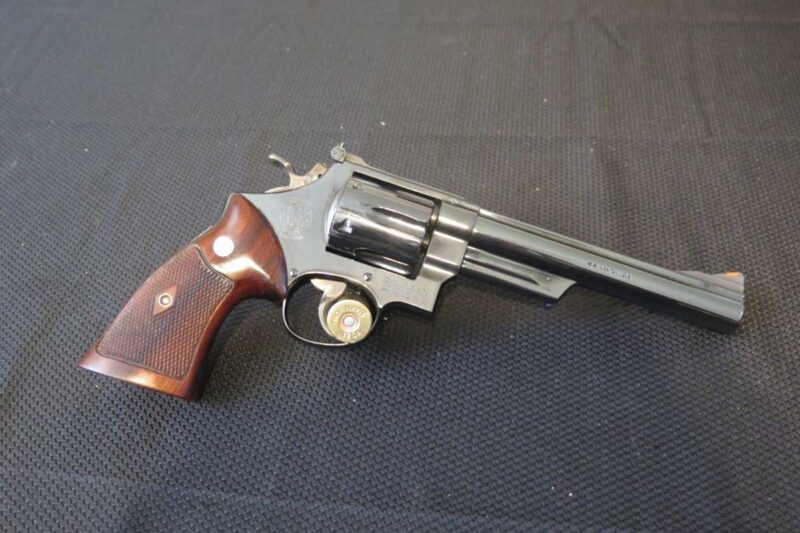
Popularity of the 29
While it might be hard to believe, there was a time when Model 29s didn’t hold the view it does today. In its beginnings, the Model 29 was mostly picked up by hunters, cops and a few firearm enthusiasts. Most of these were probably followers of Elmer Keith, who was instrumental in the introduction of the .44 Mag. chambering.
Then, in 1971, Clint Eastwood, as Inspector Harry Callahan of the San Francisco Police Department, made the Model 29 ultra cool by declaring it as the most powerful handgun in the world while uttering that famous question, “Well, do ya, punk?” The movie “Dirty Harry” made it so dealers couldn’t keep 29s on the shelves. And the four blockbusters that followed simply sealed the gun’s popularity with both shooters and pop culture.
Today, most consider the Model 29 to be iconic. Few firearms have such a place in American culture; everyone has heard of the Model 29, even if they don’t realize it. There have been numerous movies and TV shows where the Model 29 played a prominent role and sealed its place in popular culture. It also lives in the collector world, particularly those early models that S&W aficionados like to call “four” or “five” screw, or Pre Model 29s.
Related Videos: Features of the Smith & Wesson Equalizer™ 9mm Pistol [Video]
Related Videos: Smith & Wesson Innovations Through the Years | No Lowballers Podcast Episode 13
Related Videos: The OLDEST S&W Revolver In Existence: Smith & Wesson Founding | No Lowballers Podcast Episode 12
